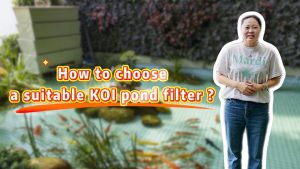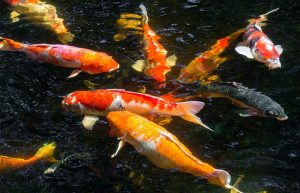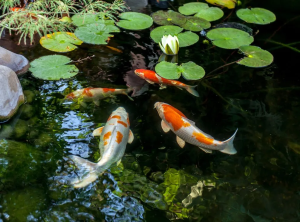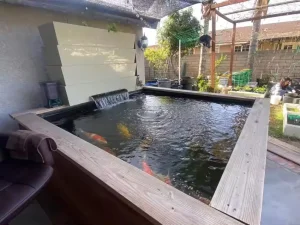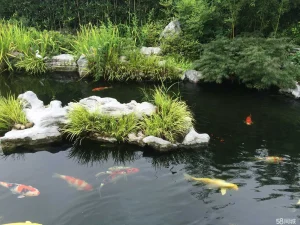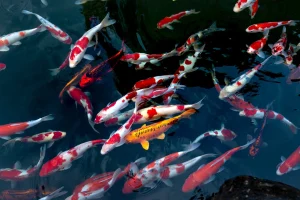Koi ponds are a source of tranquility and beauty, providing a serene environment for both the fish and the pond’s owner. However, as the winter season approaches, it brings along a set of challenges for koi pond owners. The care and maintenance of koi ponds during winter are crucial for the health and well-being of the fish. This article aims to provide a comprehensive guide on how to keep koi ponds thriving during the winter months.
Understanding the Challenges
During winter, koi ponds face various challenges such as freezing temperatures, ice formation, and reduced oxygen levels. It’s essential for pond owners to understand these challenges and take proactive measures to mitigate their impact.
Dealing with Freezing Temperatures
When the temperature drops, the pond water can freeze, posing a threat to the koi. One effective solution is to use a pond heater or de-icer to keep a portion of the water surface ice-free. This allows for the exchange of gases and prevents the buildup of toxic gases under the ice, which can be harmful to the koi.
Maintaining Oxygen Levels
As the water temperature decreases, its ability to hold oxygen diminishes. It’s important to ensure that the pond has adequate aeration and oxygenation during winter. This can be achieved through the use of aerators, air stones, or water pumps to maintain healthy oxygen levels for the koi.
Regulating Feeding
As the water temperature decreases, its ability to hold oxygen diminishes. It’s important to ensure that the pond has adequate aeration and oxygenation during winter. This can be achieved through the use of aerators, air stones, or water pumps to maintain healthy oxygen levels for the koi.
Protecting the Pond Infrastructure
The pond’s infrastructure, such as filters, pumps, and pipes, is also vulnerable during winter. It’s essential to safeguard these components from freezing and damage. Insulating exposed pipes and equipment, as well as ensuring proper circulation to prevent freezing, are vital steps in protecting the pond’s infrastructure.
Considerations for Koi Health
The overall health and well-being of the koi should be a top priority during winter. Regular monitoring of the fish for signs of distress, disease, or injury is crucial. If necessary, consult a professional to address any health concerns and ensure the koi’s continued vitality.
Conclusion
The overall health and well-being of the koi should be a top priority during winter. Regular monitoring of the fish for signs of distress, disease, or injury is crucial. If necessary, consult a professional to address any health concerns and ensure the koi’s continued vitality.

